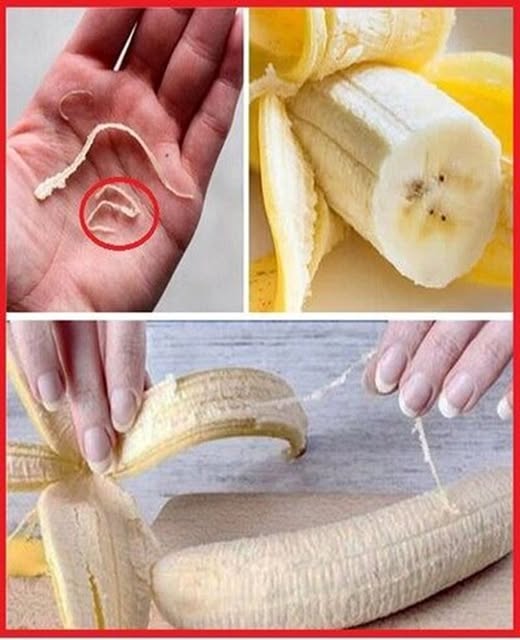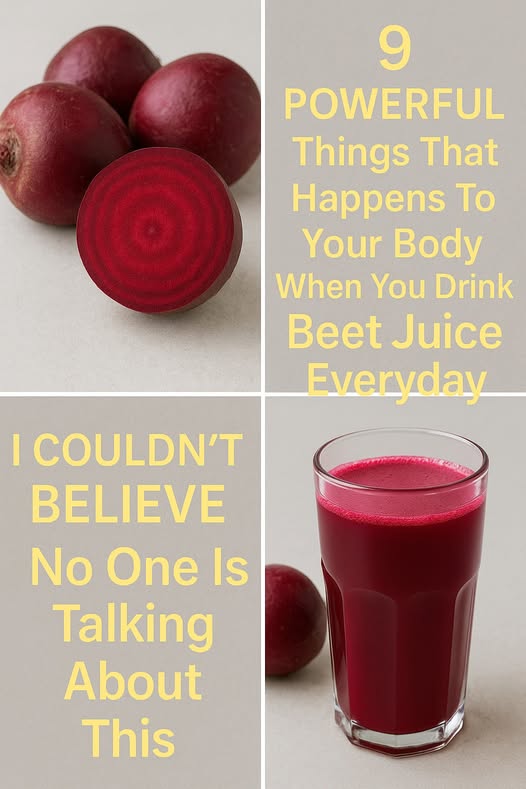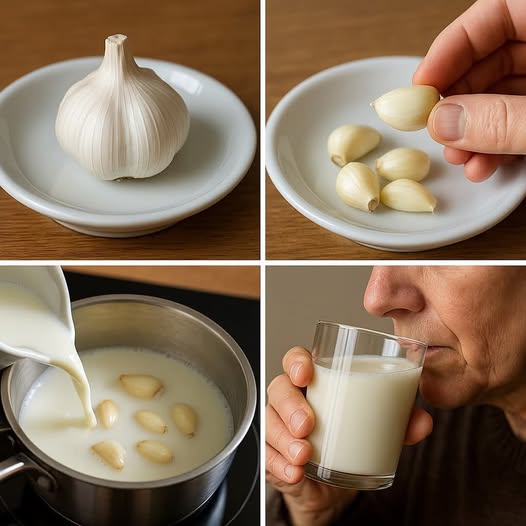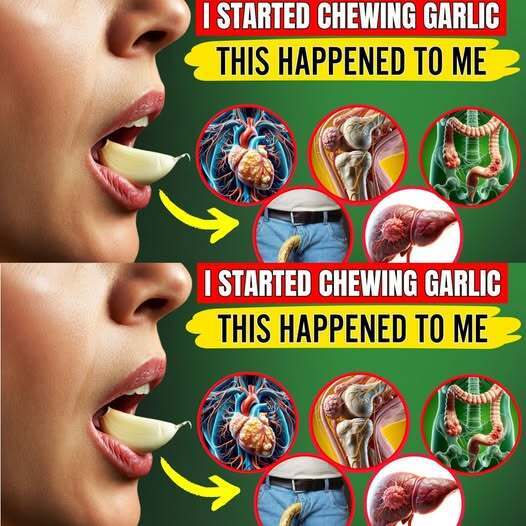Introduction:

You peel back the vibrant yellow skin of a banana, and there they are—those tiny, fibrous strings clinging to the fruit like stubborn threads. You pull them off instinctively, maybe wrinkle your nose a little, and ask yourself: What even are these things? Are they safe to eat? Are they necessary? Why do they haunt every banana?
You’re not alone in this curiosity. These mysterious banana strings—known as phloem bundles—have puzzled and slightly annoyed consumers for generations. But here’s the kicker: they’re not just annoying leftovers. They serve a critical function in the banana’s development, and they might just be healthier than the banana itself.
In this deep-dive, SEO-optimized article, we’ll uncover the truth behind banana strings—why they exist, whether you should eat them, and what they mean for your health. Plus, we’ll tackle some surprising myths and frequently asked questions. Let’s peel back the facts.
What Are Banana Strings?
Those pesky little threads that run vertically along the banana are technically called phloem bundles.
In simple terms, phloem is a part of the banana’s vascular system. Just like human blood vessels carry nutrients, phloem transports sugars, vitamins, and minerals throughout the banana plant. These fibrous strands act as delivery channels—feeding the fruit with essential nutrients as it grows.
Think of them as the veins of the banana.
5 Fast Facts About Banana Strings You Probably Didn’t Know
- They’re called “phloem bundles.”
- They transport nutrients to the banana during its growth.
- They’re 100% edible and loaded with fiber.
- They help bananas ripen evenly.
- They’re more important than most people think.
Why Do Bananas Have These Strings? The Real Reason
Bananas aren’t just smooth yellow snacks—they’re complex fruits grown from tropical plants that rely on an internal support system. The phloem bundles help the banana develop by:
- Transferring nutrients from the plant’s leaves and roots to the growing banana.
- Distributing sugars to ensure even ripening.
- Providing internal structure to the fruit so it doesn’t collapse during growth.
Without these tiny strings, your banana wouldn’t be as plump, sweet, or nutritious. In short, banana strings are essential to the banana’s life cycle—from seed to shelf.
Are Banana Strings Safe to Eat?
Yes—completely. In fact, they might even be good for you.
While they’re more fibrous and slightly tougher than the rest of the banana, phloem bundles contain:
- Dietary fiber – supports digestion and gut health.
- Potassium and magnesium – crucial minerals for heart and muscle function.
- Vitamin B6 – essential for energy metabolism and brain health.
Some nutritionists argue that removing the strings means tossing away added nutritional benefits. So next time you’re tempted to pluck them off, consider keeping them on. Your body might thank you.
Banana Strings vs. Banana Flesh: Which Is Healthier?
Let’s compare them:
| Nutrient | Banana Flesh (100g) | Phloem Bundle (Estimate/100g) |
|---|---|---|
| Fiber | 2.6g | 3.0g+ |
| Potassium | 358mg | Higher concentration |
| Magnesium | 27mg | Slightly higher |
| Sugar | 12g | Much lower |
| Calories | 89 kcal | Minimal |
While banana flesh provides energy (natural sugars), banana strings offer a nutrient-dense, low-calorie punch.
Frequently Asked Questions About Banana Strings
1. Do all bananas have strings?
Yes, all bananas develop phloem bundles during their growth. However, their visibility and thickness can vary depending on the banana variety and ripeness.
2. Can you remove banana strings without damaging the fruit?
You can, but there’s no real need to. They’re harmless, and most of the time, they come off easily during peeling.
3. Are banana strings bad for digestion?
No. In fact, their high fiber content can help regulate bowel movements and support gut bacteria.
4. Why do banana strings taste different or bitter?
Because they’re packed with fiber and minerals, they may taste slightly more earthy or bitter, especially in less ripe bananas.
5. Do other fruits have something similar?
Yes—though less obvious. Many fruits like oranges, mangoes, and avocados also have vascular tissues, but banana strings are more prominent due to how bananas grow and peel.
A Short Story: The Banana Scientist Who Fell in Love with Phloem
Dr. Diane Goldsmith, a fruit physiologist from California, spent over a decade researching banana anatomy. When asked in a 2022 interview what fascinated her most, she said:
“It’s the banana phloem bundles. They’re the unsung heroes of the fruit world. People toss them aside without knowing they’re like the fruit’s internal life support system.”
Her work inspired agricultural labs to engineer bananas that retain more of these nutrients, promoting healthier, more fiber-rich fruits for the global market.
Should You Stop Removing the Strings?
If you’re health-conscious or fiber-deficient, the answer is simple: Stop tossing them.
Here’s why:
- They’re natural and unprocessed.
- They add roughage to your diet—vital for digestion.
- They support complete fruit consumption—less waste, more nutrients.
- They do not harm the flavor or safety of the banana.
3 Smart Ways to Incorporate Banana Strings Into Your Diet
- Blend them into smoothies – They’re virtually undetectable when blended with other fruits and yogurt.
- Mash them into banana bread – Keep them on when mashing bananas for baking; they melt right in.
- Add them to oatmeal or cereal – Slice bananas with strings intact for added texture and fiber.
The Marketing Side: Why You’ve Never Heard of Phloem Bundles
Major banana brands focus on the banana’s sweetness and portability, not its internal biology. The strings are never advertised. Why?
Because they don’t look pretty.
In a world dominated by aesthetics and “clean eating,” fibrous threads are often seen as flaws. But the natural, unedited truth is: banana strings are one of the most underappreciated superfoods hiding in plain sight.
The Sustainability Angle: Every Part Counts
In the fight against food waste, banana strings matter.
Globally, over 1.3 billion tons of food is wasted every year (FAO, 2022). Small changes, like eating the whole banana—strings included—can reduce household waste and support sustainable consumption.
By valuing these fibrous threads, you’re not just helping your body; you’re helping the planet.
Conclusion: Don’t Fear the String—Embrace It
Next time you peel back a banana, pause before you flick away those stringy threads. They’re not weird leftovers—they’re the lifeblood of your fruit, packed with hidden nutrition and value.
From delivering essential nutrients during growth to adding fiber to your daily diet, banana strings—or phloem bundles—are quietly doing nature’s work. And while they may not be the most glamorous part of the fruit, they certainly deserve your respect.
So eat the whole banana. Every bite. Every string.
Your body—and the environment—will thank you.


